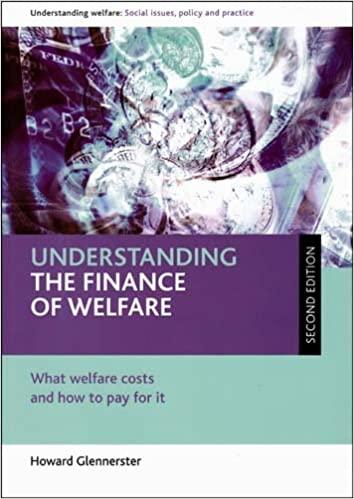Question
Relying on prior research and using financial data from 2010 to 2015, we analyzed 7,750 observations from 1,815 publicly-traded companies in 341 industries representing the
Relying on prior research and using financial data from 2010 to 2015, we analyzed 7,750 observations from 1,815 publicly-traded companies in 341 industries representing the bulk of the American economy. We sought to test our hypothesis that stock options and other interventions only help a firms performance when its managers might otherwise misuse firm resources activities known as opportunism. Such opportunism is defined as self-interest seeking with guile and involves managers deploying firm resources for their own benefit, rather than to help shareholders achieve a higher return on investment. If such a risk exists, then stock options should reduce the misallocation of funds. If such a risk does not exist, then stock options are an expensive waste of money.
Question
| 4 marks |
| 4 marks |
Step by Step Solution
There are 3 Steps involved in it
Step: 1

Get Instant Access to Expert-Tailored Solutions
See step-by-step solutions with expert insights and AI powered tools for academic success
Step: 2

Step: 3

Ace Your Homework with AI
Get the answers you need in no time with our AI-driven, step-by-step assistance
Get Started


